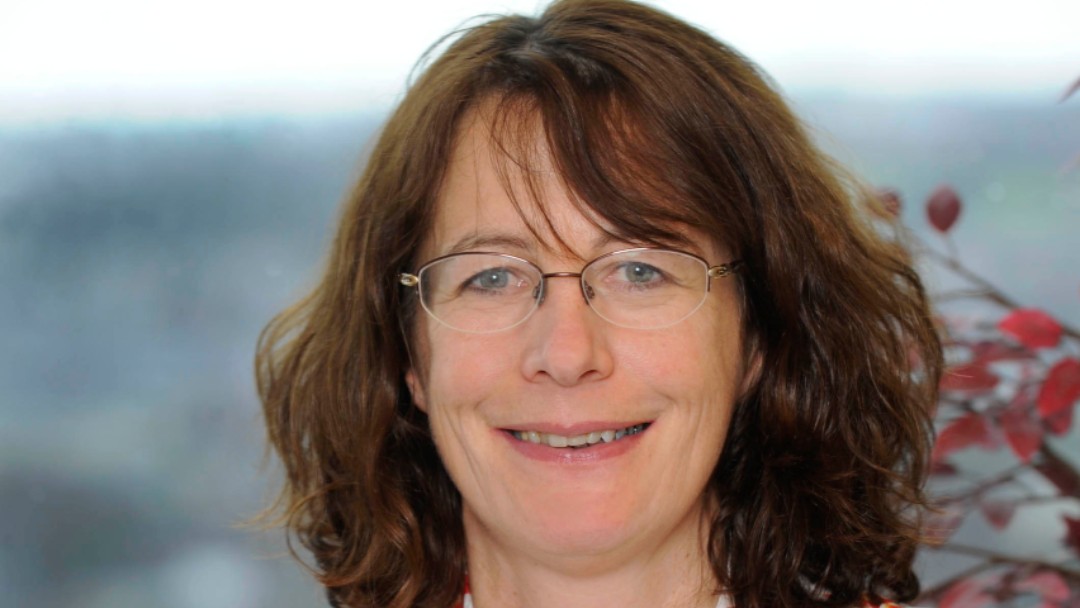Exemplarily partnership working in Lanarkshire is being used as a foundation to pave the way to better patient care across Scotland.
NHS Lanarkshire is now one of four national ‘pathfinder sites’ for the discharge without delay (DwD) programme. That means work being pioneered locally will be used to inform and shape a nationwide approach to help prevent delays and reduce length of stay in hospital.
Marianne Hayward, programme director for discharge without delay in Lanarkshire, said the key to a complex challenge is simplicity – and a human touch.
“There can be a variety of reasons for a delay to a discharge date but there can be a knock-on impact affecting a person’s health and wellbeing.
“Congested flow in hospital also impacts on how effectively we can admit people for unscheduled care – and it can all add to pressure on the system and those working within it.
“Compassion, collaborative working and communication is the simple but really effective foundation of this programme – and key to addressing these challenges.”
As well as improving links and communication between all agencies, among the other key elements of DwD is planning for discharge at the earliest possible stage. Prioritising and protecting time for this planning to happen effectively is another crucial component. Applying these principles has already yielded marked results locally.
A forerunner to the current approach, called ‘Planned date of discharge’ (PDD) – which was piloted in University Hospital Hairmyres – led to a sustained drop in delayed discharges.
Figures presented to South Lanarkshire’s Integration Joint Board in December 2020 outlined a 60 per cent reduction in people who experienced a delay in getting home, compared to the previous year.
As part of the wider DwD programme, that initial approach has been now been scaled up throughout Lanarkshire.
Ms Hayward added: “We know from feedback that when someone goes into hospital, invariably the first question that’s asked is ‘when am I going home?’ The majority of people are simply very anxious of the unfamiliar and the unknown.
“In essence, the work behind DwD is geared to answering this.
“In many ways this is not a new idea. What we have been introducing and refining is an improved system of working, with smoother, more seamless links between NHS staff, the hospital-based social care workers and the community teams. Our dialogue with families, carers, and of course the patient, is also key.”
The programme is being led across Lanarkshire by South Lanarkshire Health and Social Care Partnership (HSCP). The approach was recently endorsed by members of South Lanarkshire Integration Joint Board (IJB).
Soumen Sengupta, director of health and social care said: “Alongside coping with the unrelenting pressures of the pandemic, our staff and partners have remained committed to developing and embracing leading models of care.
“The work already carried out in Lanarkshire bodes well for tomorrow – and is setting a benchmark of exemplary practice.”
An animation has been produced to explain the PDD programme and its aims. Viewers can watch at the following link: https://vimeo.com/524206343



